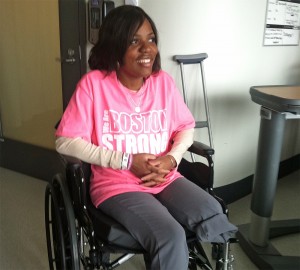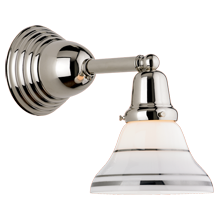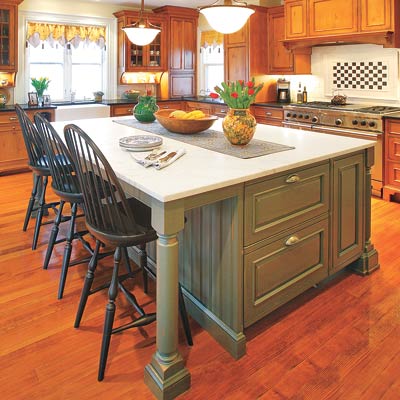 |
| From Apartment Therapy.com |
A beautiful, comfortable, home that you love and is also easy to clean is possible. You can do it with just a little awareness. Suddenly magazines, shows and websites with their beautiful images of perfectly organized and color-coordinated rooms with all the latest "it" items will be seen for what they really are--- the drug dealers of the design world. Decorators don't care how much of your time it will take to clean and maintain the look.They are business people trying to fill their bank account. Spoon feeding the newest "it" thing to sell you:, sun mirrors, ceramic antlers, poufs and garden stools,anyone? Everyone? Suddenly these things are every where. You start to look at your place, it doesn't look like that, you start feeling it looks dated, inadequate, inferior and some how lacking, you need it the latest thing. This is done so subtly and with such beautiful images that you think I want instead of critically examining the cost, stress and time that will be needed to clean and maintain .
Using Don Aslett and Laura Aslett Simons book
Make Your House Do The Housework published in 1986 as a guide I offer updated and timeless design solutions that significantly reduce cleaning, maintenance and replacement costs on your home and rental properties.
The Basic Principles of Maintenance Freedom According to Don Aslett and Laura Aslett Simons are:
- Start by simplifying
- Avoid high-maintenance materials
- Multiple surfaces multiply the work
- Camouflage wherever you can
- Concentrate the cleaning
- Take convenience into account.
- Keep things compatible
Simplifying means taking out what is extra and unnecessary for
you. For me, this means no more than two framed pieces of art hung on a wall in a room as opposed to twenty framed pieces of art. I am not willing to spend any more time dusting framed art work. I know the trend is a wall of framed artwork from magazines and websites but I am not willing to spend my time maintaining the look.
Avoid high-maintenance materials especially in kitchens and bathrooms where most of the cleaning is required. Things in these rooms have to durable and easy to clean and maintain. For me, this means solid surface instead of marble or granite countertops.
Multiple surfaces multiply the work in kitchens and bathroom especially with different surfaces abutting up against one another such as tile floors, wood baseboards, tile half walls and painted sheet rock. Multiple surfaces not only adds to cleaning costs and time it also adds to visual clutter making things appear dirty even when they are not.
Camouflage wherever you can to improve the appearance of things until you can get to clean them and to prevent wear and tear from being as obvious. Examples of this include choosing carpets or curtains with a colorful random pattern instead of a solid color.
Concentrate the cleaning so the mess is concentrated in one area instead of little areas all over a room or home. Coats, boots and bags are a good example of how you can concentrate cleaning. If you provide one area for folks to remove and store their coats, boots and bags it means they won't be dropped all over the house.
Take convenience into account when trying to concentrate the cleaning. People will put things down anywhere that is convenient not necessarily where you wish them to. So it you have an antique table in your entryway that you don't want people to put things down on you should find another place for it.
Keep things compatible to ease your cleaning and maintenance. Choose light fixtures that use the same type of light bulb base throughout your home so you only need to buy one type of bulb. Choose the same faucets for all your bathrooms, the same door knobs and locks for your doors.














